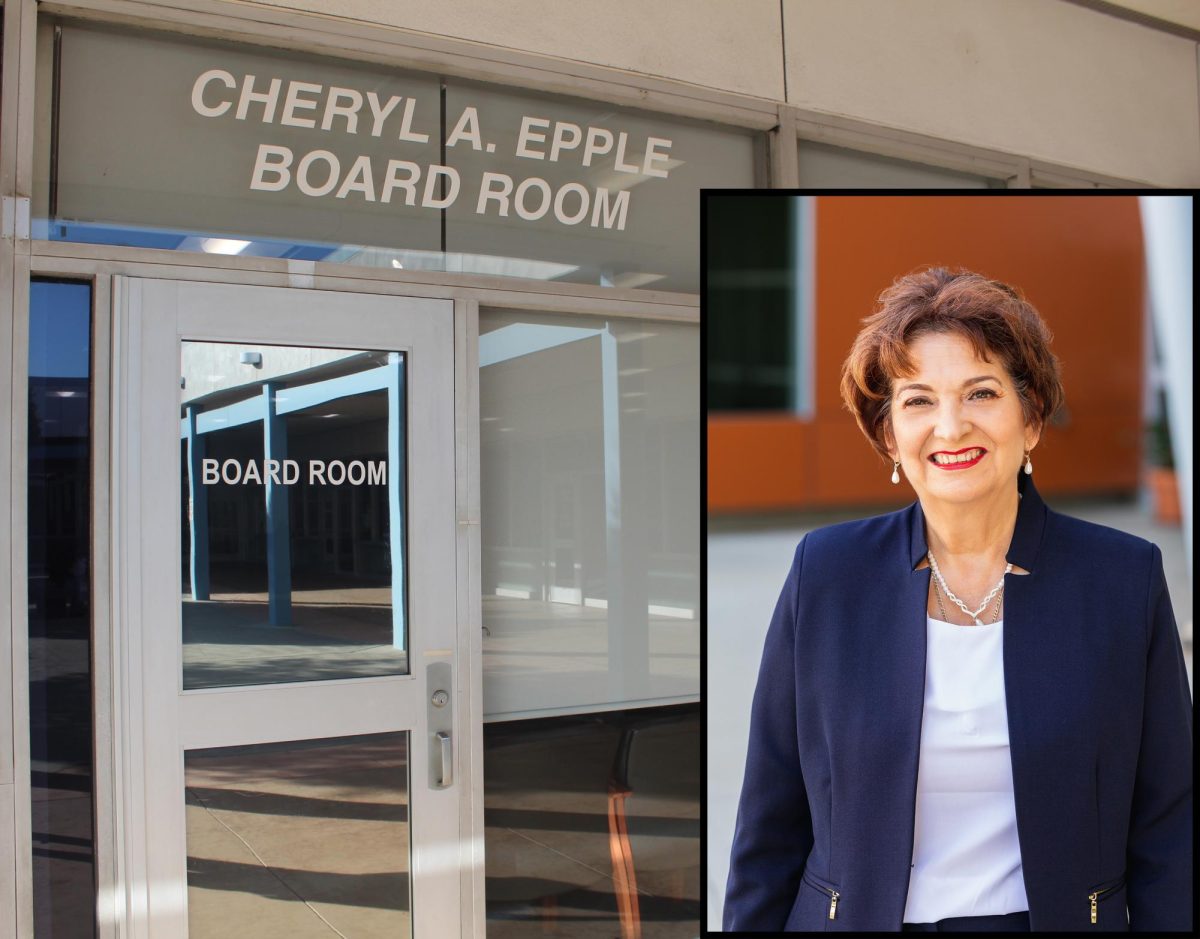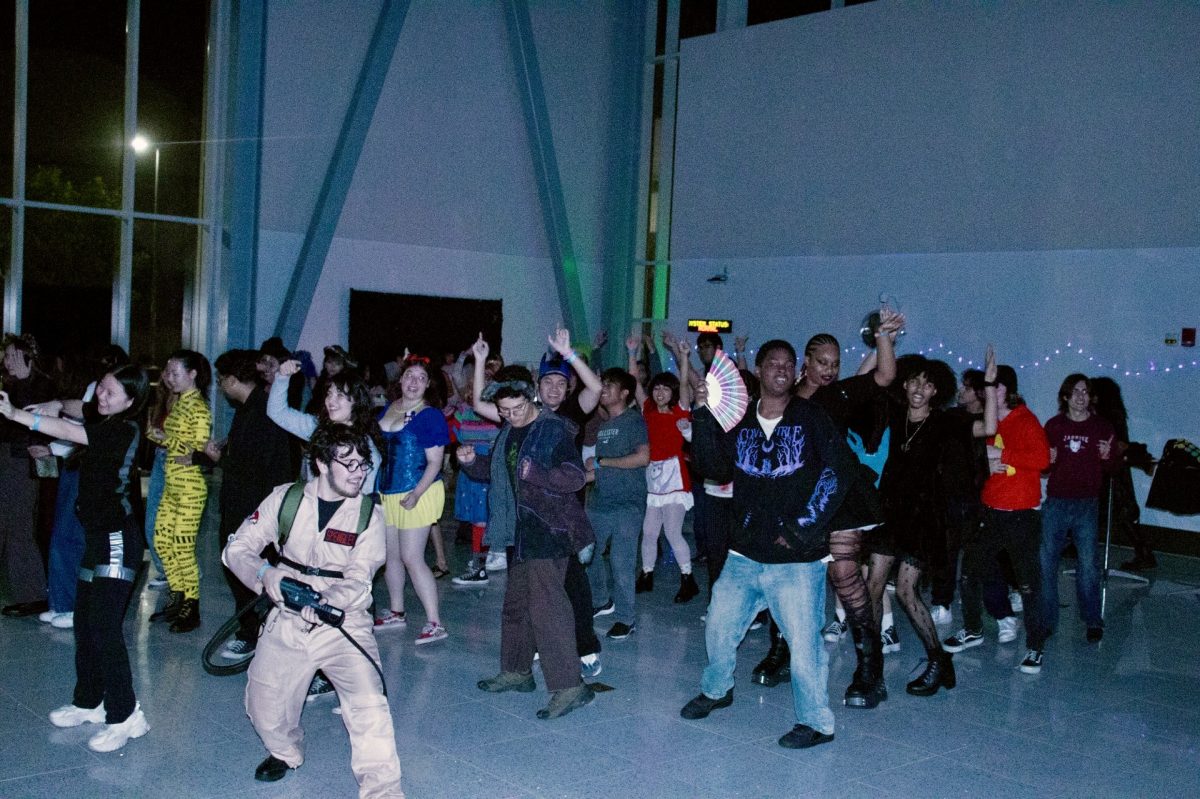Japan experienced a 9.0 magnitude earthquake with an epicenter in the Pacific Ocean about 80 miles east of Honshu, the largest of Japan’s islands, which created tsunamis that devastated Japanese coasts on Friday.
Hundreds of aftershocks greater than magnitude five have followed, and there is concern that if another shock hit over magnitude seven that another tsunami may occur.
The waves were powerful enough to carry automobiles and houses on top of them, leaving some cars and boats sitting atop structures in the aftermath.
The epicenter was 110 miles east-northeast of Fukushima, Japan, where three nuclear reactors have experienced explosions and fires, leading to an evacuation of the Fukushima area for up to 20 kilometers away from the plant because of radiation.
It was reported Tuesday morning that the Tokyo Metropolitan Government said that radiation levels in Tokyo are 20 times what they are normally.
Meanwhile, after an advisory was issued by NOAA, the National Oceanic and Atmospheric Administration, concerning the tsunami reaching the west coast, California’s nuclear generating station in San Onofre continued operations in light of Japan’s disaster.
However, there may be cause for concern in California if a massive earthquake takes place.
The Diablo Canyon Nuclear Power Plant is located in San Luis Obispo County. The plant is relatively close to four different fault lines, and estimates have determined that the plant can handle an earthquake with a magnitude of seven.
According to the Los Angeles Times, the nuclear-generating station in San Onofre can only withstand a magnitude seven earthquake because when the plant was built over 40 years ago and scientists prepared it for an expected 6.5 magnitude quake.
San Onofre and Diablo Canyon are the last two nuclear plants active of a group in California that has been largely decommissioned, including; an early research facility known as the Santa Susana Sodium Reactor Experimental plant, the Vallecitos Nuclear Power Plant, the Humboldt Bay Nuclear Power Plant, the Rancho Seco Nuclear Power Plant.
All of the decommissioned plants have been shut down since at least 1990, with all radioactive components disposed of, and the last in line to be closed was the San Onofre Unit 1 Pressurized Water Reactor in 1992 because it became too costly.
California’s economy would be stunted by an equivalent of the Fukushima disaster, and the loss of both nuclear plants would not only cost the state $21 billion lost in constructing them, but also nearly 16 percent of its energy will disappear overnight.
During Hoe Down Days, which began March 15, clubs like the Anime club as well as the Active Minds club were raising funds to donate to relief for Japan.
President of the Anime club German Sanchez talked his club’s connection to the events unfolding in Japan.
“Our club is basically related to anime, which is Japanese cartoon. I’m not sure if a lot of people were affected but my girlfriend has family out there. At the moment, she has a cousin who’s stuck near the [nuclear] power plants and it’s kind of devastating for her, I mean she’s okay, but it’s just really bad.
“Something to help out would be for the best; it’s always good to help out,” Sanchez said.
Sanchez said that hopefully within the next week all clubs could get together to help out, possibly consulting the Red Cross to get water and food to people in Japan.
Samantha Shepherd, president of the Active Minds club and a psychology major, talked about raising funds for relief for Japan.
“Our club, it’s really important for us, I think, to not only just look at ourselves but how we interact with the community and the world itself. I have a friend who just recently went over there, and he was telling me that it’s really bad over there.
“For me, it’s more personal and just what I hear on the news, it’s actually reading e-
mails and stuff. It’s more of a personal story, which is kind of my motivation to really get that out there, the money to the people in Japan,” Shepherd said.
Shepherd elaborated on her apprehension for one of her closest friend’s safety, Arrio Hoffman, a former Cerritos student who had just arrived in Japan two weeks ago to do a mission for the Church of Latter-Day Saints.
Shepherd said that when she first heard about the earthquake she was leaving Cerritos College’s performance of “The Last Days of Judas Iscariot.”
“And I wanted to cry [because] I was hysterical, I was calling people ‘have you gotten in touch with him?’
“If he would have left a little bit later, maybe he wouldn’t have had to go through that, but it seemed like horrible timing. Luckily, someone had gotten into contact with him,” Shepherd said.
Treasurer of the Active Minds club and psychology major Basharat Khan commented on why he thought it was important to give aid to Japan.
“I’ve been watching the news a lot, and watching videos on youtube, so just through that and reading about it, if it were to happen over here I would want people from out of the country to help us out too.”







